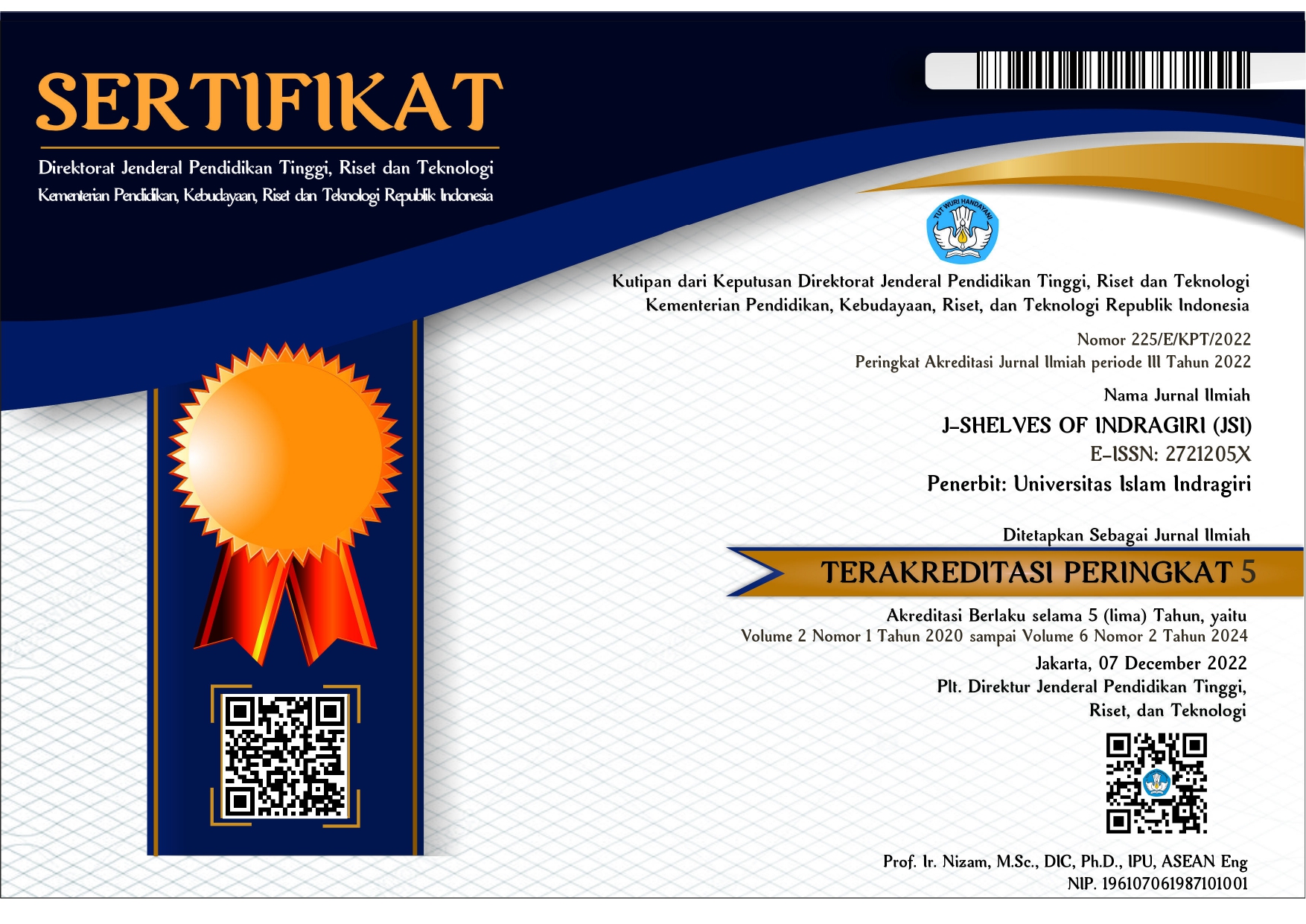TEAM GAME TOURNAMENT (TGT): AN EFFECTIVENESS METHOD TO TEACH VOCABULARY
DOI:
https://doi.org/10.61672/jsi.v7i1.2886Keywords:
Effectiveness , Vocabulary Mastery , Team Games TournamentAbstract
This research aimed to find out the effectiveness of using Team Games Tournament to Teach Vocabulary Mastery. It used Pre-Experimental Design with one group pre-test and post-test design at Class VIII B of SMPN 1 Diwek academic year 2023- 2024 with a total of 31 students. The result showed that vocabulary of SMPN 1. Diwek was still considered lacking with mean score of the pre-test is 50,00. After being treatment, the students’ vocabulary is increased after using Team Games Tournament Method with the mean score of the post-test 80,48. There is significant difference between Students’ vocabulary mastery before and after being taught by using Team Games Tournament Method. By using descriptive analysis test, the normality test, and the Paired Samples Test showed that a significant value (2- tailed) of 0.000 the data are less than (<0.05) so it can be said that the meaning that H0 is rejected and H1 is accepted. In short, this means that team games tournament as the method is effectively applied in improving students' vocabulary mastery at SMPN 1 Diwek. These results prove that the Team Games Tournament is an effective method for improving students' vocabulary mastery. By combining healthy competition and a fun learning atmosphere, this method not only helps students improve their vocabulary skills but also builds their confidence in using the English language. This research provides strong evidence that innovative methods such as team game tournaments can be a concrete solution to the challenges of vocabulary learning in schools.
Downloads
Published
Issue
Section
License
Copyright (c) 2025 Huzani, Ria Kamilah Agustina2

This work is licensed under a Creative Commons Attribution 4.0 International License.










